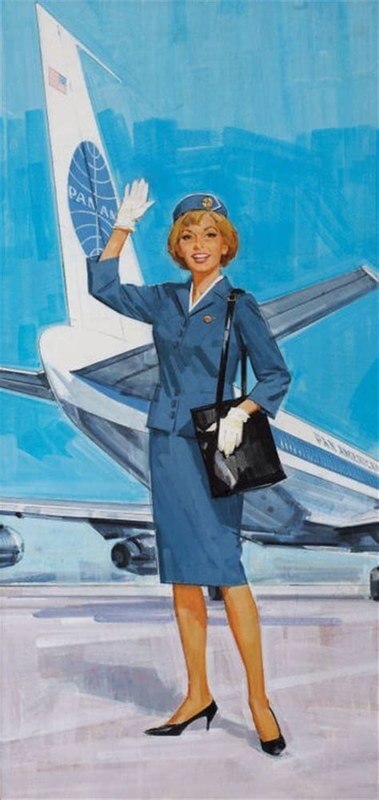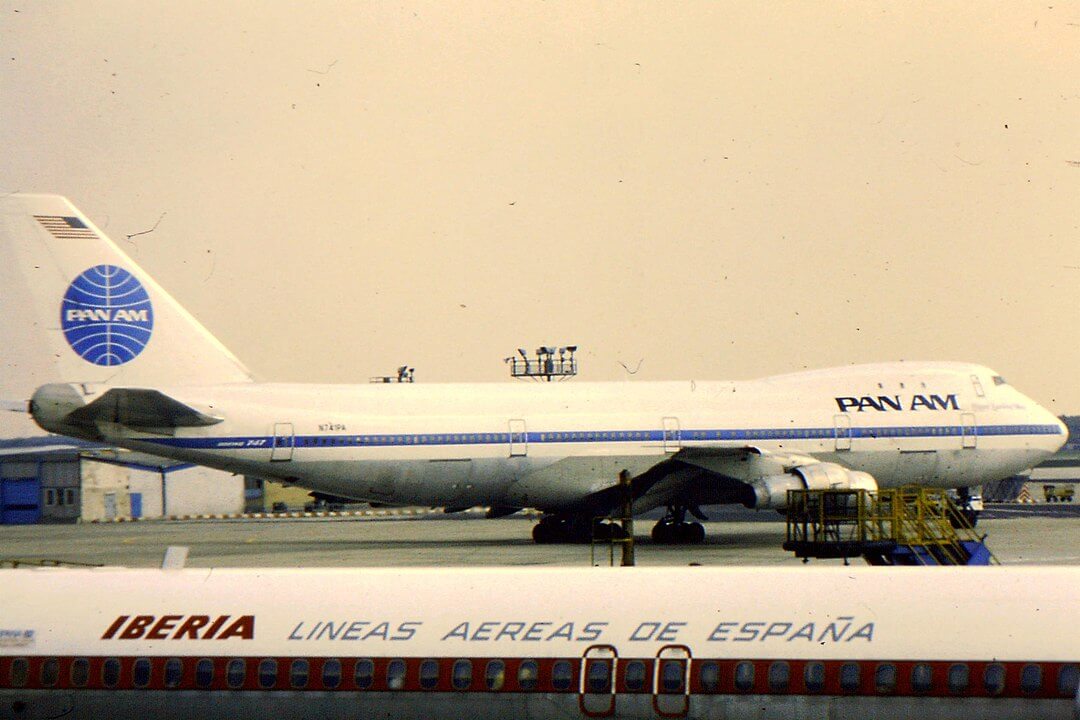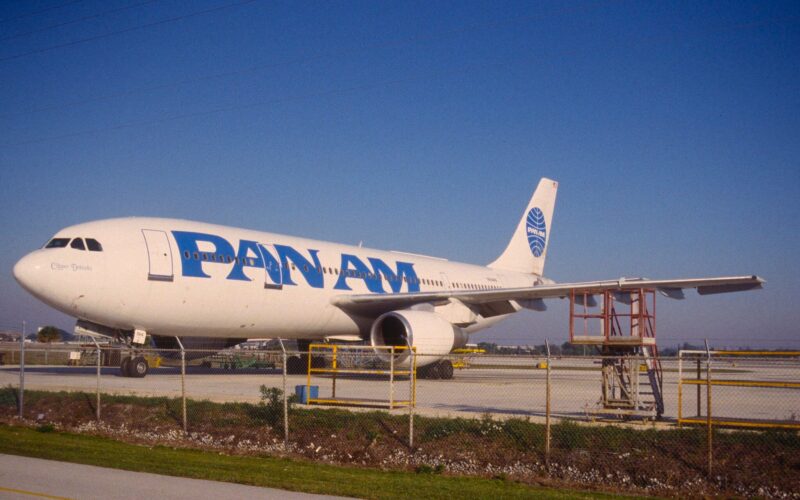America’s first international airline Pan American World Airways (Pan Am) was founded on October 27, 1927, by two US Air Force majors Henry H. Harold and Carl Spaatz. It began as an airmail service, delivering packages from Key West, Florida, U.S. and Havana, Cuba. Later the company was incorporated by a former World War I naval aviator, Juan Terry Trippe.
Trippe managed to assure a monopoly on international routes for the company, making Pan Am the only oversea air carrier. In less than ten years, Pan American Airways became one of the leading flight service providers.
Despite its initial success, Pan Am has not existed since 1991 and most of the people younger than 26 might not have even heard about it. Let’s have a closer look at the uprising, growth, and financial collapse of one of the most successful airline carriers of the 1930s.
The Pioneer in Transpacific Passenger Flights
In the early 1930s most of the initial destinations of the Pan Am mail services were port cities in Mexico, Central America, the Dominican Republic, Haiti, and Puerto Rico. The company was using its “Clipper flying boats,” the Sikorsky S-38 and S-40, that were able to land on water. Such technical advantages assured Pan Am’s dominance on Cuba and Central America’s routes in the mid-1930s. Clippers later were put to military use in WWII.

In 1935, Pan Am initiated the first trans-pacific flights to Manila in the Philippines via Hawaii, Midway Island, Wake Island, and Guam. Later, the company extended its service onto Macau and then Hong Kong.
In 1936, the air carrier took another step towards civil aviation. Pan Am introduced Martin M-130, a bigger and more comfortable plane to carry passengers. Three years later Pan Am purchased its first Boeing 314 for European service. The company initiated routes from New York to Lisbon and Marseille by way of the Azores. The first round-the-world flights were introduced in 1947.
1958 marked the start of the jet travel era after Pan Am introduced its Boeing-707 for flights from New York to Paris. The travel time with Pan Am was half-shorter, comfortable, and smooth. Other air carriers had no other options but to introduce jet flights to remain competitive. Between the late 1930s and late 1940s Pan Am became a commercial aviation giant that served many countries in North and South America, the Caribbean Islands, Europe, Asia, Africa, and the Middle East. During the 1930s and 1960s, the most glorious times of the company, it was the most famous air carrier. If you took the international air trip in those times that would definitely be Pan Am. It symbolized all the good things about the travel: cocktails, delicious gourmet meals, Hollywood stars sitting next to you, great service.
The next Pan Am buy was a well-known Boeing 747. It is believed that the Boeing order was finalized during a fishing trip that the CEOs of Boeing and Pan Am took. This deal is considered one of the reasons for the company’s downfall.

Crisis and Downfall
Despite luck that lead Pan Am during its entire journey, the company started experiencing financial difficulties in the early 1970s. The things for Pan Am took a turn from good to bad during the rising energy crisis in 1973. Due to a low fuel supply, the price of oil shot from $3 per barrel to $12. The fuel price spikes and the following economic stagnation led to a sharp downturn in air travel. Pan Am revenue fell, and the company never recovered.
After the crisis, throughout most of the 1970s and late ’80s Pan Am was struggling to survive. The company could hardly maintain a balance between its luxurious service and increasing competition from other U.S. airlines.
In 1978, due to the Airline Deregulation Act, Pan Am lost its monopoly for international routes, which were granted to its rival airlines. As the company was unable to operate domestic flights, it continued losing profits. To maintain the corporation afloat, Pan Am acquired National Airlines in 1980. But the integration of the two airlines’ routes was not enough to keep Pan Am on the market. Later, the carrier was forced to liquidate assets and sell its entire Pacific Ocean network to United Airlines in 1985. Afterward Pan Am sold its New York – London route.
Company experienced another serious financial loss in 1988. Pan Am B747 crash in Lockerbie, in 1988, cost company $300 million worth lawsuit and a fine from the FAA for 19 security failings. As per reports, Pan Am was losing around $3 million per day of operation in the later months of 1991.
In January 1991, Pan Am filed for bankruptcy protection.
Long Lasting Heritage
Everyone in the aircraft industry looked up what Pan Am did with the traveling. The carrier had a great reputation and was favored by the passengers. There is no surprise in such admiration. The company provided comfortable luxurious flights with plenty of space and great service.
Pan Am had everything to make its passengers’ flight pleasant. It helped to revolutionize commercial flights, was the standard for the international flights. In its early days of flights, Pan Am developed important innovations that most of us nowadays are taking for granted. Pan Am first introduced air traffic control, different flight procedures, weather forecasting, flight planning. It was the first airline company that flew around the world, launching the first international flight service that we have today.
The company had a huge influence on the modern airline companies, remaining a symbol of the historic days of aviation.

